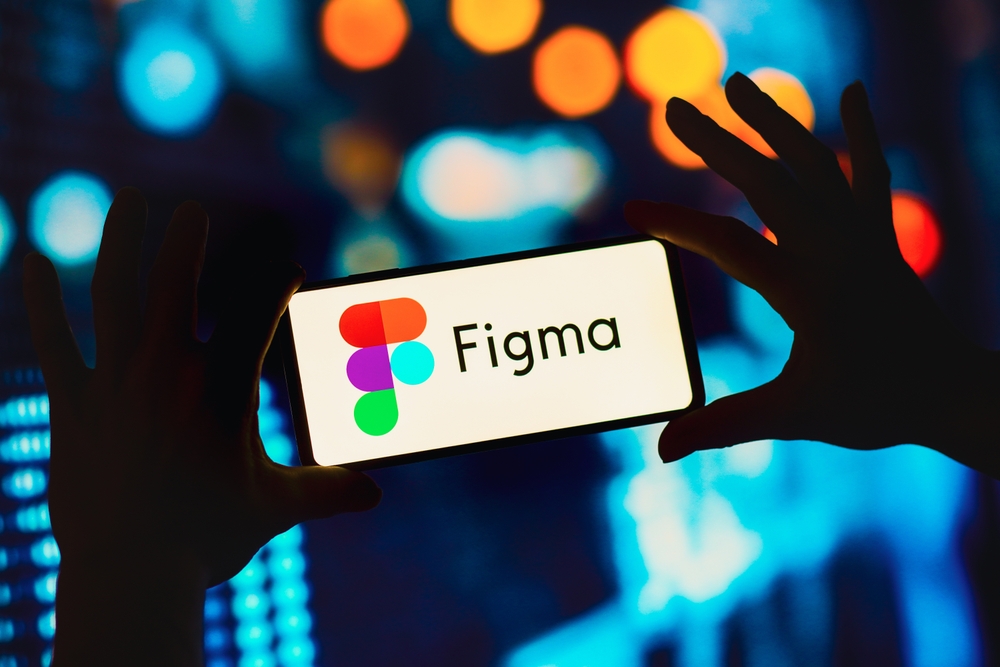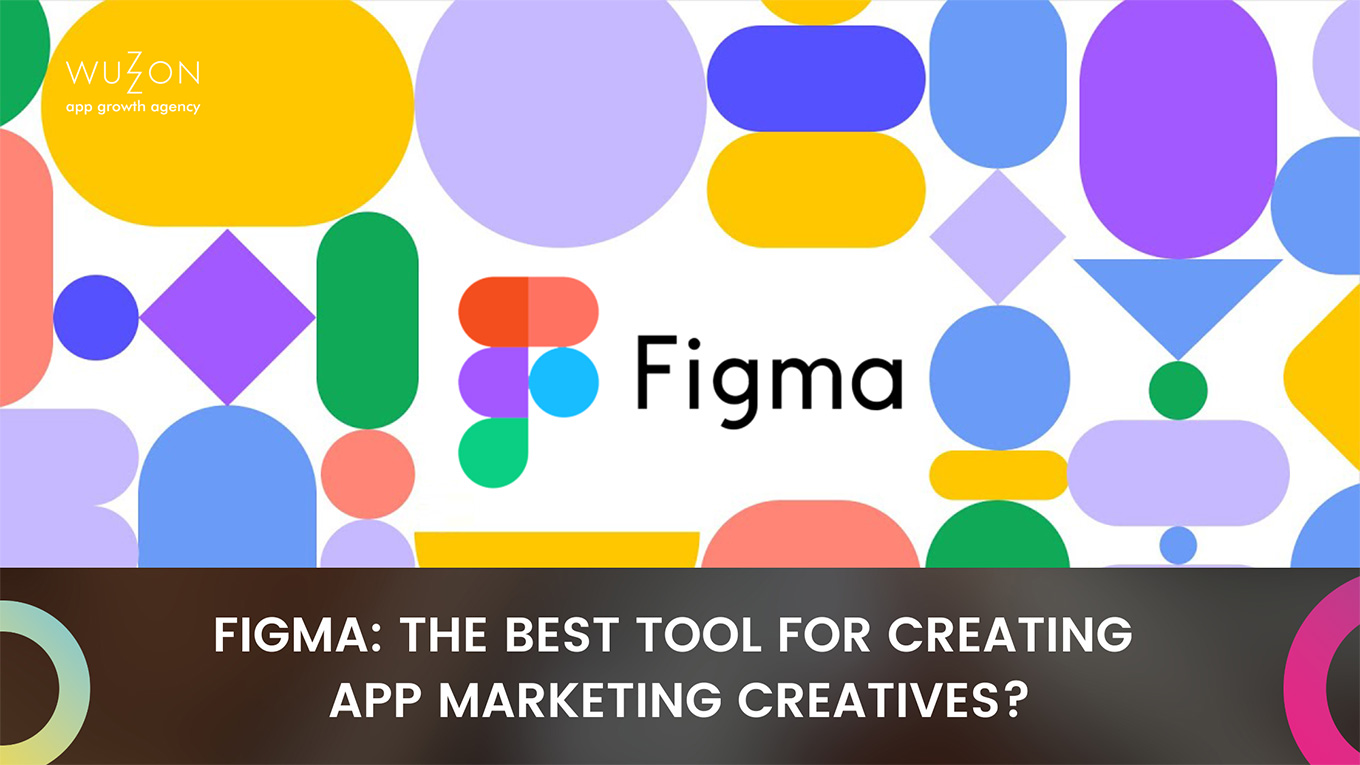Figma started in 2012 as an idea of Dylan Field and Evan Wallace, but the official launch happened on September 27, 2016. Figma is a browser-based design tool that allows multiple users to work on a project simultaneously, making collaboration seamless and efficient. It also offers offline features with a desktop application for both MacOS and Windows.
After the official launch in 2016 Figma quickly gained popularity among designers, especially those who work within teams. But is it the perfect tool for designing app marketing creatives? Let’s dive into the pros and cons.
The Pros of Using Figma for App Marketing Creatives
- Collaboration: Figma shines when it comes to teamwork. Multiple designers can work on a project simultaneously, leaving comments and suggestions in real-time.
- Version Control: Never lose track of changes. Figma’s version history allows you to revert to previous designs, experiment freely, and maintain a clear project timeline.
- Design System Central: Create a unified brand identity by housing all design elements (colours, typography, icons) in one place. This ensures consistency across all marketing materials.
- Prototyping Powerhouse: Bring your designs to life with interactive prototypes. Test user flows, gather feedback, and refine your creatives before launch.
- Cost-Effective Choice: Compared to traditional design software, Figma offers a more affordable solution, especially for startups and small businesses. As it can be used for up to 3 projects for free.
The Cons of Using Figma for App Marketing Creatives
- Export Limitations: While Figma excels in design, exporting high-quality assets for various platforms can be challenging. Image compression and format compatibility issues might arise.
- Steeper Learning Curve: Figma’s interface, while intuitive, requires a learning curve compared to more traditional design software. This can initially slow down the creation process.
- Limited Image Editing: Figma is primarily a vector-based tool, making it less suitable for complex photo editing tasks often required in app marketing.
- Performance Issues with Large Files: As your project grows, Figma’s performance might degrade, leading to slowdowns and frustrations.
- Dependency on Internet Connection: Since it’s a cloud-based tool, a stable internet connection is essential for smooth operation.

Is Figma Right for Your App Marketing Team?
Figma can be a powerful asset for app marketing teams, but it’s not a one-size-fits-all solution. Consider the following factors:
- Team Size and Collaboration Needs: If your team is distributed or works closely together, Figma’s collaboration features are a huge advantage.
- Design Complexity: If your creatives involve heavy photo editing or complex illustrations, Figma might not be the best choice. Keep in mind that Figma was created for design and not for photo editing.
- Budget: Figma’s pricing is generally more affordable than traditional design software, with the cheapest payed plan being almost 58% cheaper then for example Adobe Photoshop.
- Designers’ Skill Set: Your team’s familiarity with Figma will impact the learning curve and productivity. It will also allow for quicker prototyping, UX Design, Web Design and Wireframing.
By carefully weighing these factors, you can determine if Figma is the right tool to elevate your app marketing creatives. We at Wuzzon use Figma as our main design tool, but for more complex image editing tasks we use traditional software alongside. For us it’s the ideal tool to quickly create and share designs with our clients. This makes the process of receiving and processing feedback alot more efficient and so helps speed up the whole design process.



